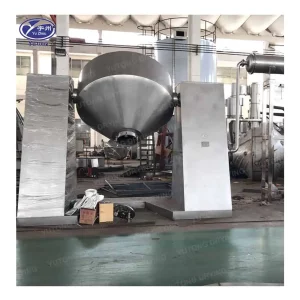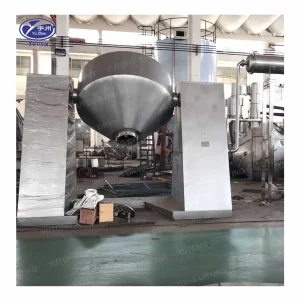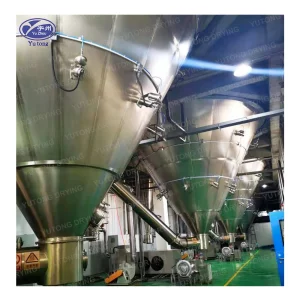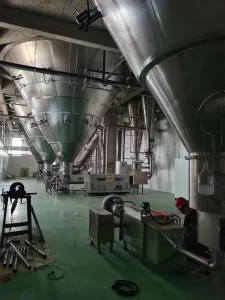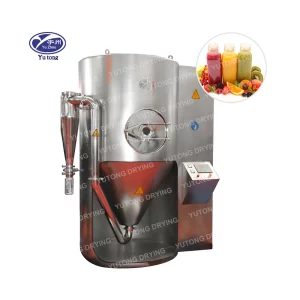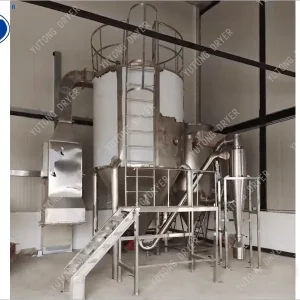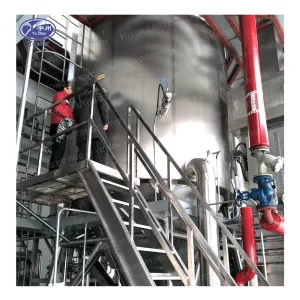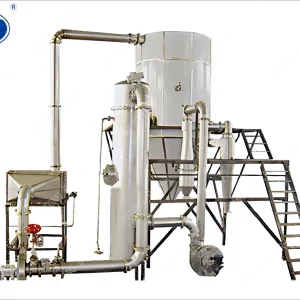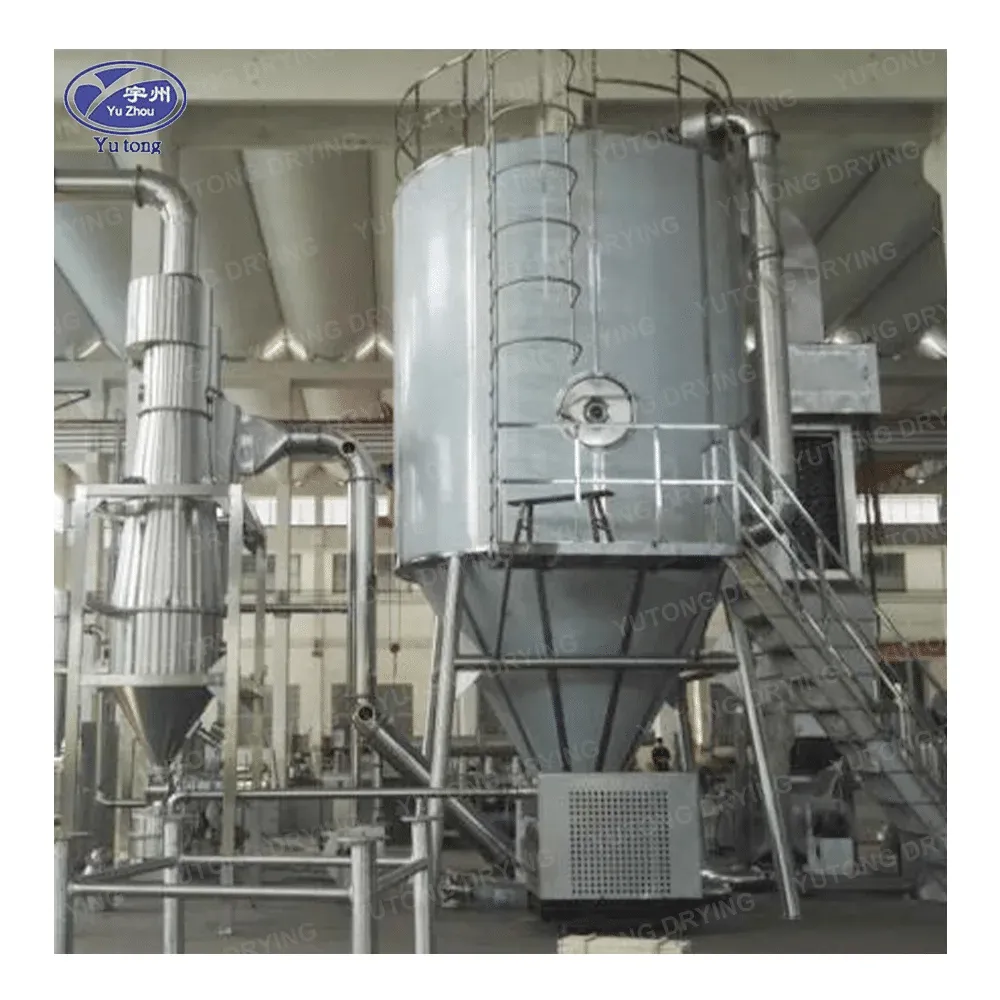Vegetable dryer machines are essential tools in the food processing industry, enabling the preservation of fresh produce by removing moisture content. This process extends shelf life, retains nutrients, and facilitates the transportation and storage of vegetables. As the demand for dried vegetables increases, so does the need for understanding wholesale prices and cost considerations for vegetable dryer machines. This article aims to provide a comprehensive guide on wholesale pricing, factors affecting costs, and strategies for acquiring cost-effective solutions for your business needs.
Understanding Wholesale Prices for Vegetable Dryer Machines
Vegetable dryer machines come in various sizes, capacities, and technologies, catering to diverse requirements in the food processing industry. Wholesale prices for these machines can range from a few hundred dollars to tens of thousands of dollars, depending on several factors. Below, we outline the price ranges for different types of vegetable dryer machines:
1. Conventional Hot Air Dryers: These machines use hot air to evaporate moisture from vegetables. Prices for conventional hot air dryers typically range from $500 to $3,000, depending on the size and capacity.
2. Vacuum Dryers: Vacuum dryers remove moisture from vegetables under low pressure, preserving color, flavor, and nutrients. Wholesale prices for vacuum dryers can range from $3,000 to $20,000, depending on the machine’s capacity and features.
3. Freeze Dryers: Freeze dryers freeze vegetables and then remove moisture through sublimation, leaving behind a highly stable, nutrient-rich product. Freeze dryers are generally more expensive, with wholesale prices ranging from $5,000 to $50,000 or more, depending on the size and capacity.
4. Infrared Dryers: Infrared dryers use infrared radiation to heat vegetables from the inside out, facilitating faster and more uniform drying. Prices for infrared dryers can range from $1,000 to $10,000, depending on the machine’s size and features.
5. Solar Dryers: Solar dryers utilize solar energy to dry vegetables, offering an eco-friendly and cost-effective solution. Wholesale prices for solar dryers can range from $500 to $5,000, depending on the size and design.
Factors Influencing Wholesale Prices for Vegetable Dryer Machines
Several factors can influence the wholesale prices of vegetable dryer machines. Understanding these factors can help businesses make informed decisions when purchasing equipment. Key factors include:
1. Machine Capacity: Larger machines with higher capacities generally command higher prices due to increased material and manufacturing costs.
2. Technology and Features: Advanced technologies and additional features, such as vacuum drying, freeze drying, or infrared heating, can increase the price of vegetable dryer machines.
3. Brand and Manufacturer: Established brands and manufacturers may charge premium prices due to their reputation, quality, and customer support.
4. Material and Build Quality: Machines made from high-quality materials and robust construction tend to be more expensive but offer better durability and performance.
5. Energy Efficiency: Energy-efficient machines, such as those with heat recovery systems or low power consumption, may have higher upfront costs but can save money in the long run by reducing operating expenses.
6. Customization: Customized machines designed to meet specific requirements can be more expensive due to the additional engineering and manufacturing costs.
Strategies for Acquiring Cost-Effective Vegetable Dryer Machines
Purchasing a vegetable dryer machine is a significant investment for any business. To ensure cost-effectiveness and maximize return on investment, consider the following strategies:
1. Assess Your Needs: Determine the capacity, features, and technology required for your specific application. This will help you narrow down your options and select a machine that meets your needs without unnecessary expenses.
2. Compare Quotes: Request quotes from multiple manufacturers and suppliers to compare prices, features, and delivery times. This will help you identify the most cost-effective option for your requirements.
3. Negotiate: Don’t hesitate to negotiate prices with manufacturers and suppliers. Bulk purchases, long-term contracts, and timely payments can often lead to discounted prices.
4. Financing Options: Explore financing options, such as leasing or loans, to spread the cost of the machine over time. This can help manage cash flow and reduce the financial burden of purchasing equipment.
5. Used Equipment: Consider purchasing used or refurbished vegetable dryer machines as a cost-effective alternative to new equipment. Ensure that the machine has been properly maintained and comes with a warranty or guarantee.
6. Energy Savings: Opt for energy-efficient machines to save on operating costs in the long run. Energy-efficient machines may have higher upfront costs but can lead to significant savings over time.
7. Maintenance and Support: Factor in maintenance and support costs when evaluating the total cost of ownership. Machines with lower maintenance requirements and reliable customer support can help minimize unexpected expenses.
8. Government Grants and Incentives: Research government grants, tax incentives, and subsidies for purchasing energy-efficient or environmentally friendly equipment. These programs can help offset the cost of acquiring vegetable dryer machines.
Case Studies
Case Study 1: A small-scale vegetable processor in a rural area purchased a solar dryer for $2,500. The machine had a capacity of 50 kg per batch and was designed to harness solar energy for drying vegetables. Over the course of one year, the processor saved approximately $1,200 in energy costs compared to using a conventional hot air dryer. The initial investment was recovered within two years, and the processor continued to enjoy cost savings and reduced environmental impact.
Case Study 2: A medium-sized vegetable processing facility invested $15,000 in a vacuum dryer with a capacity of 200 kg per hour. The machine preserved the color, flavor, and nutrients of the vegetables, resulting in higher-quality products and increased customer satisfaction. The facility also benefited from reduced drying time, which allowed for increased production capacity and improved efficiency. The initial investment was recovered within three years through cost savings and increased revenue.
Case Study 3: A large-scale vegetable processing company purchased a freeze dryer for $45,000. The machine had a capacity of 500 kg per batch and produced high-quality, shelf-stable products with excellent rehydration properties. Although the initial investment was significant, the company experienced a 20% increase in product value due to the superior quality of the freeze-dried vegetables. The initial investment was recovered within four years through increased revenue and cost savings.
Vegetable dryer machines are essential tools for preserving fresh produce and extending shelf life. Wholesale prices for these machines can vary widely, depending on factors such as capacity, technology, brand, and customization. To acquire cost-effective solutions, assess your needs, compare quotes, negotiate prices, explore financing options, consider used equipment, opt for energy-efficient machines, factor in maintenance and support costs, and research government grants and incentives. By making informed decisions, businesses can maximize the return on investment and enjoy long-term cost savings.
FAQs
Q1: How do I choose the right type of vegetable dryer machine for my business?
A1: Choose a vegetable dryer machine based on your specific requirements, such as capacity, technology, energy efficiency, and budget. Consider factors like product quality, drying time, and operating costs when making your decision.
Q2: What is the average lifespan of a vegetable dryer machine?
A2: The lifespan of a vegetable dryer machine can vary depending on factors such as build quality, maintenance, and usage. On average, a well-maintained machine can last between 10 to 20 years.
Q3: Are there any environmental benefits to using vegetable dryer machines?
A3: Yes, using vegetable dryer machines can help reduce food waste by extending the shelf life of fresh produce. Additionally, energy-efficient machines and solar dryers can help minimize the environmental impact of the drying process.
Q4: Can vegetable dryer machines be used for other types of food products?
A4: Yes, vegetable dryer machines can be used for drying fruits, herbs, spices, and other food products. The versatility of these machines makes them suitable for various applications in the food processing industry.
Q5: How do I maintain a vegetable dryer machine?
A5: Regular maintenance of a vegetable dryer machine includes cleaning, lubrication, and inspection of components. Follow the manufacturer’s guidelines and schedule routine maintenance checks to ensure optimal performance and longevity of the machine.
In conclusion, understanding wholesale prices and cost considerations for vegetable dryer machines is crucial for businesses in the food processing industry. By making informed decisions and adopting cost-effective strategies, companies can acquire the right equipment for their needs and enjoy long-term benefits in terms of product quality, efficiency, and cost savings.

